Newly Added Content
2025-09-21
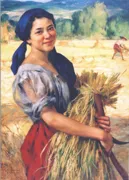 Palay Maiden (1920) |
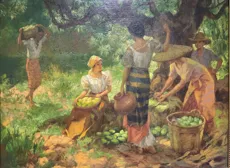 Under the Mango Tree (1935) (Oil on canvas) |
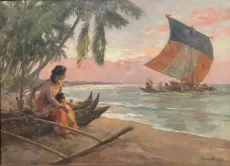 Sunset (1959) (Oil on canvas) |
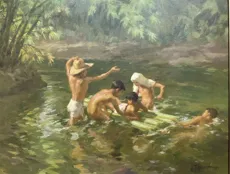 Children Playing in the River (1963) (Oil on canvas) |
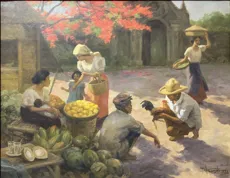 Tindahan (Stall) (1964) (Oil on canvas) |
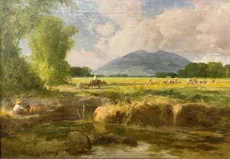 Rice Field (1954) (Oil on canvas) |
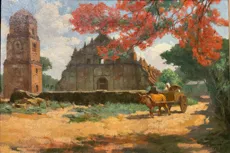 Paoay Church (1933) (Oil on canvas) |
 Mother and Child (1943) (Oil on canvas) |
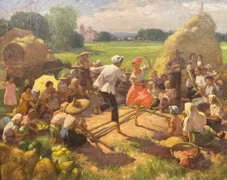 Tinikling (1950) (Oil on canvas) |
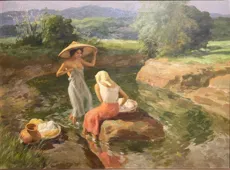 Las Lavanderas (Washerwomen) (1964) (Oil on canvas) |
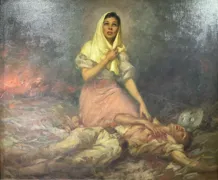 Bataan (1942) (Oil on canvas) |
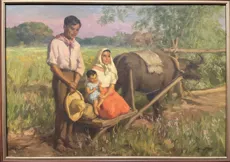 Oracion (Prayer) (1959) (Oil on canvas) |
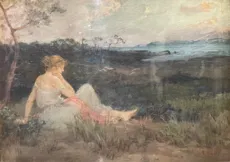 El Desierto (undated) (Oil on canvas) |
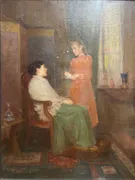 La Enferma (1900) (Oil on canvas) |
 Portrait of Felipe Agoncillo (1895-1941), dedicated in Spanish to "The Chief Rerpresentative of the Philippine Republic in Europe" (1899, Paris) (Oil on canvas) |
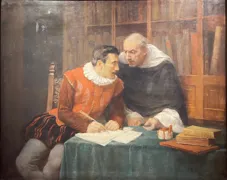 Don Luis Perez Dasmarinas and Fray Domingo de Salazar (1896) (Oil on canvas) |
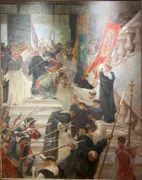 The Assassination of Governor Bustamante (Circa 1904) (Oil on canvas) |
 Una Bulaquena (1895) (Oil on canvas) |
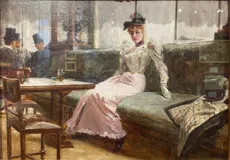 Parisian Life (1892) (Oil on canvas) |
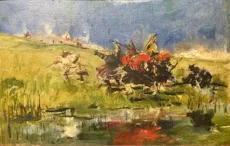 Japanese Scenes (1896) (Oil on panel) |
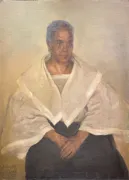 Portrait of Laureana Novicio y Ancheta with the dedication "To my mother" (1897) (Oil on canvas) |